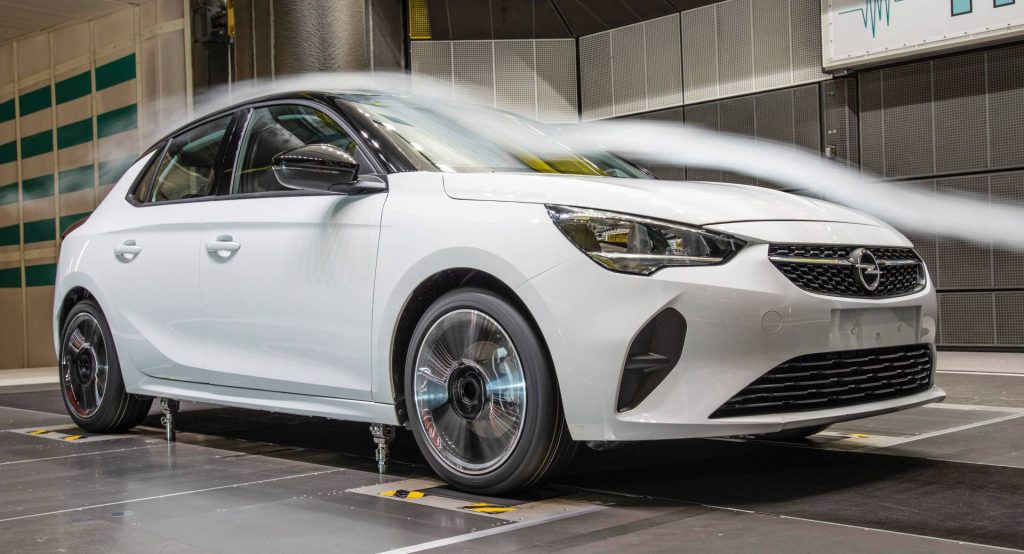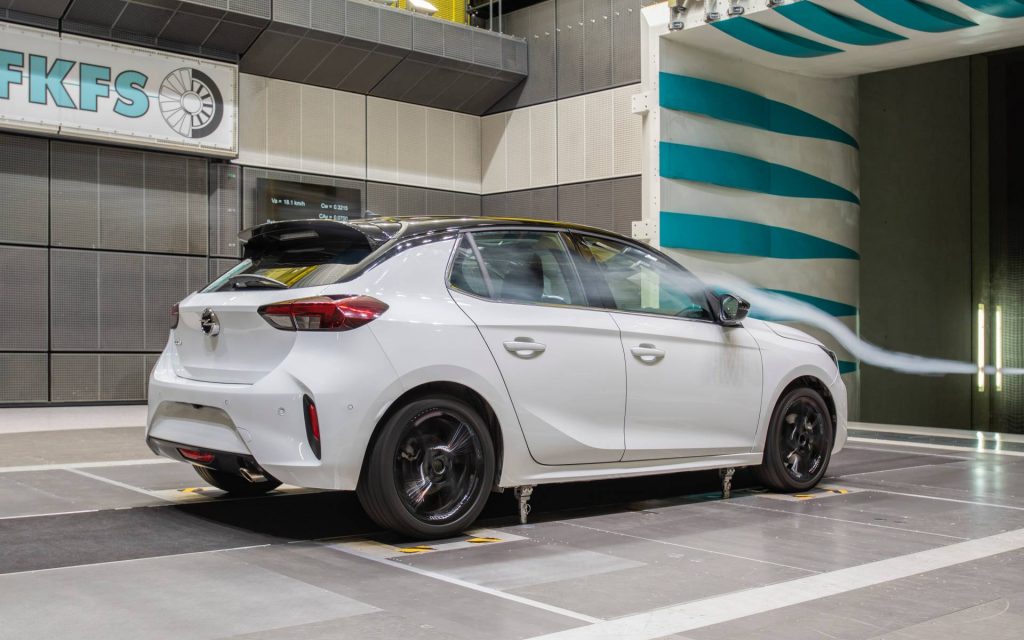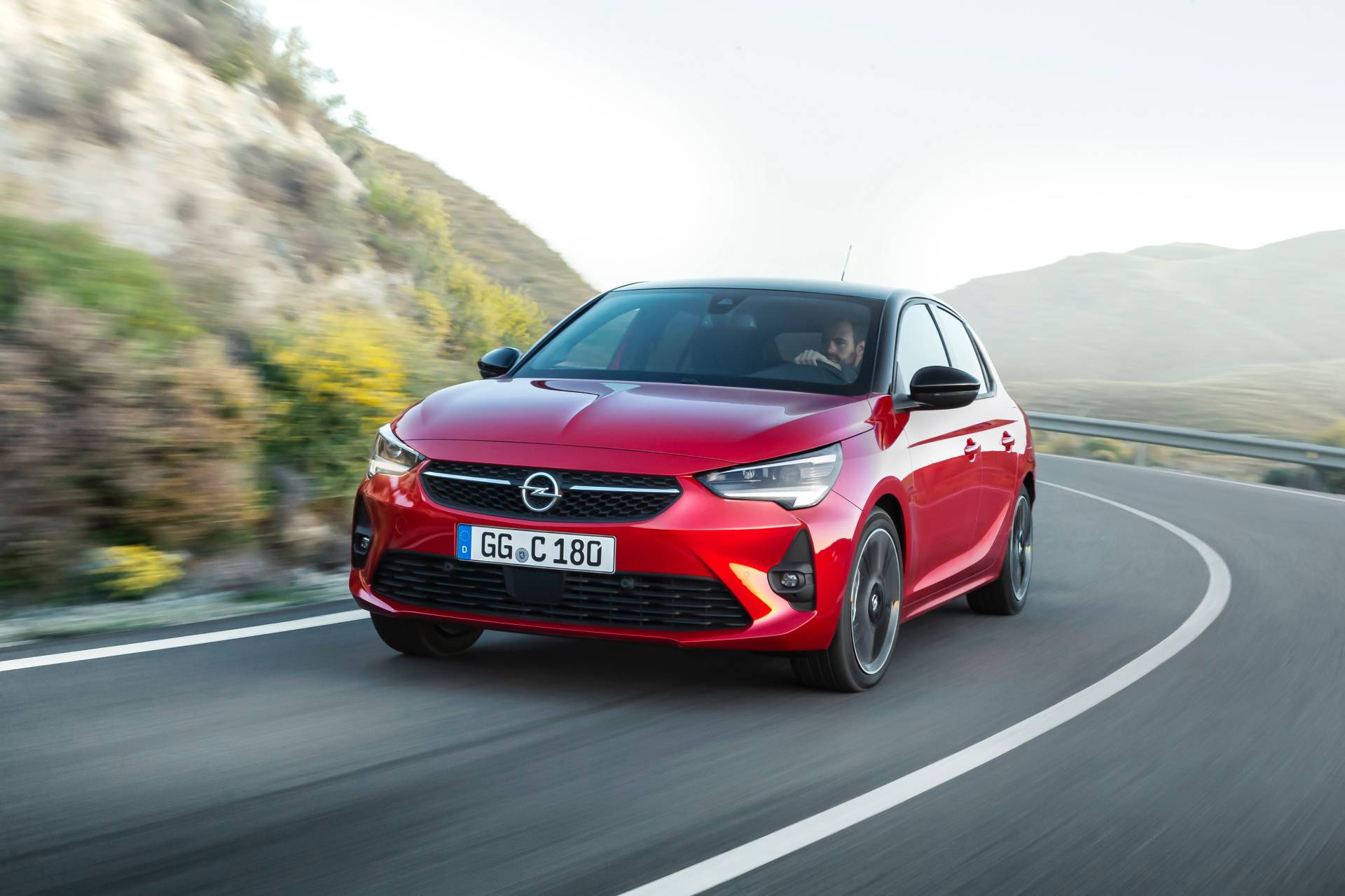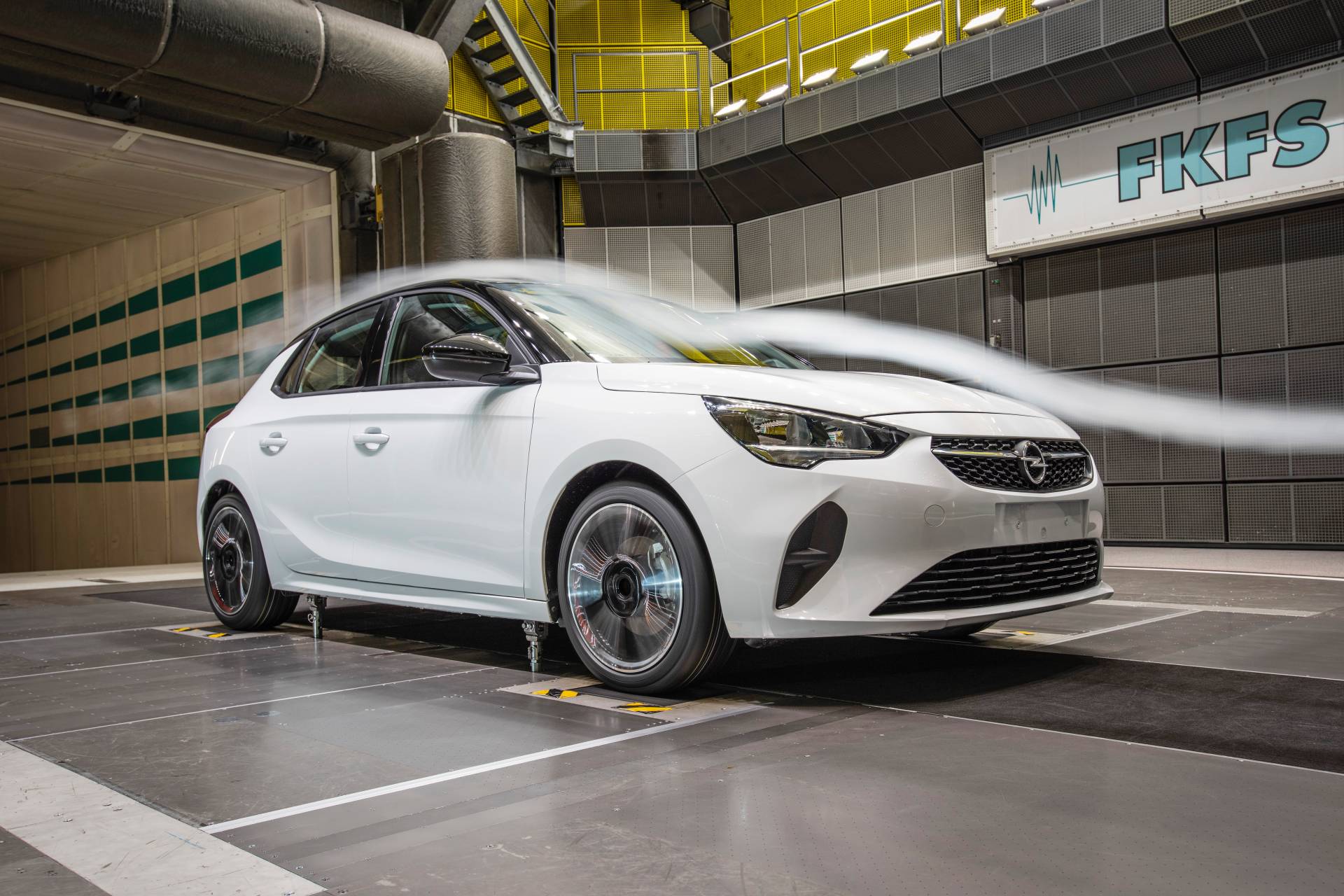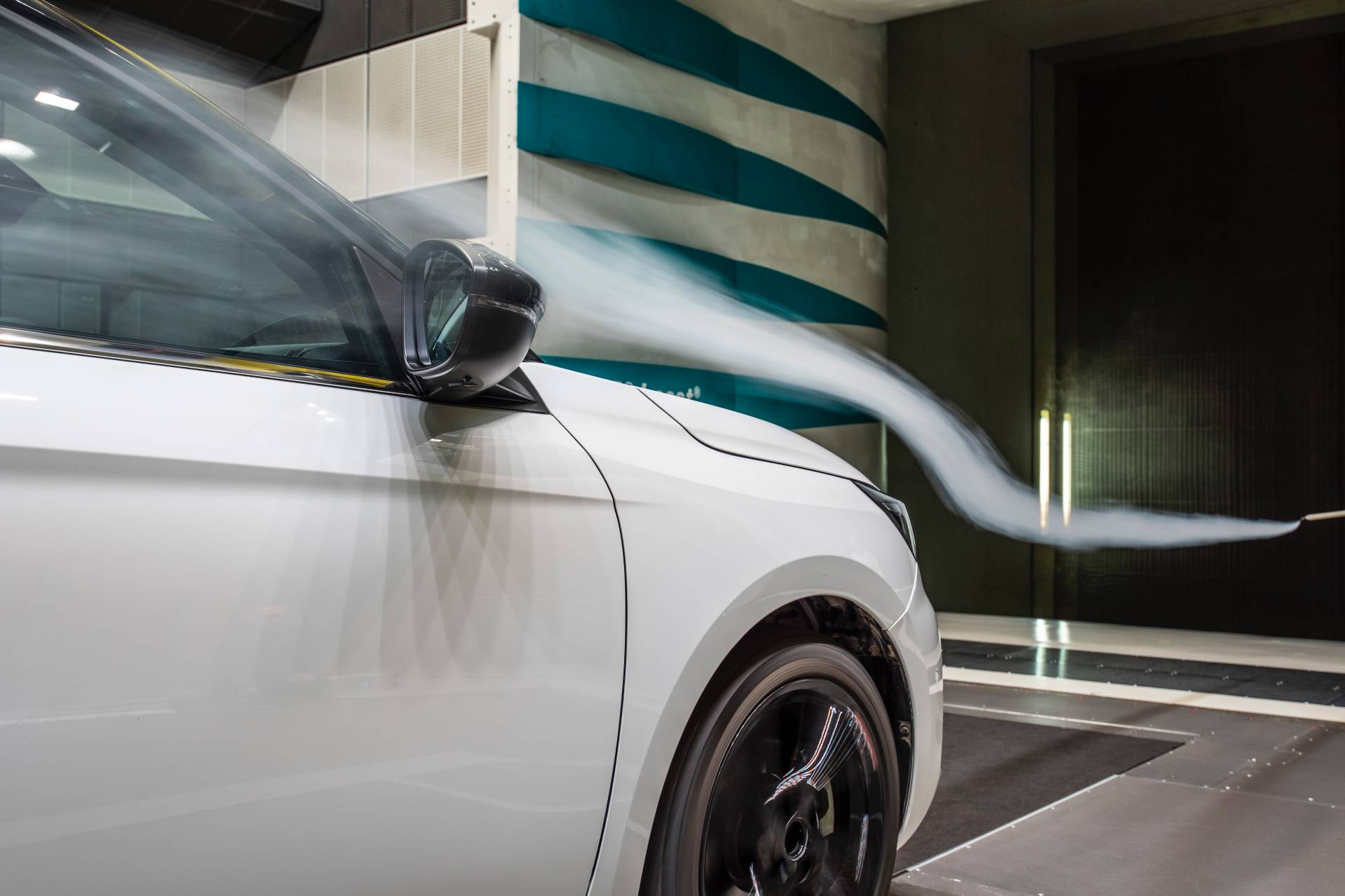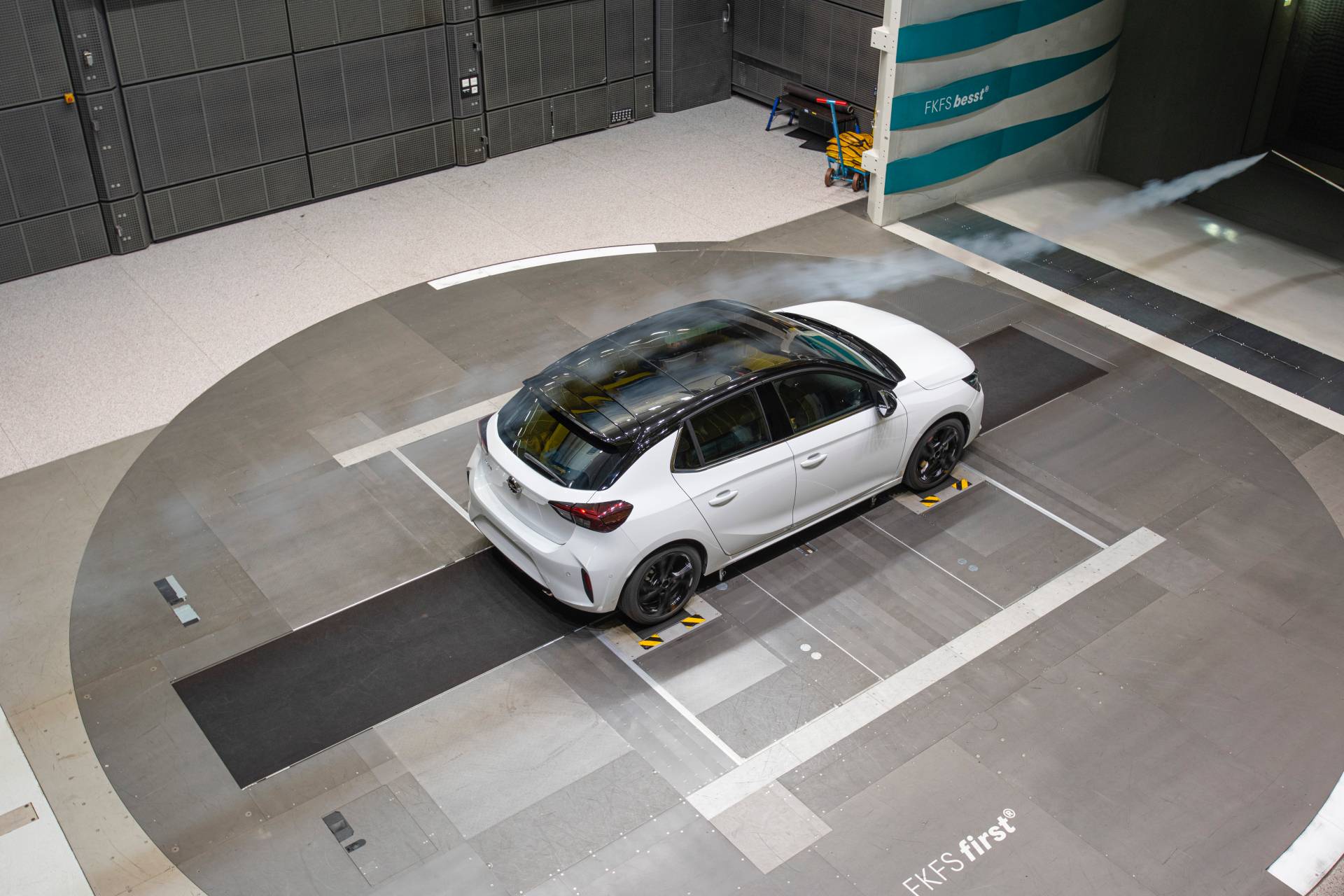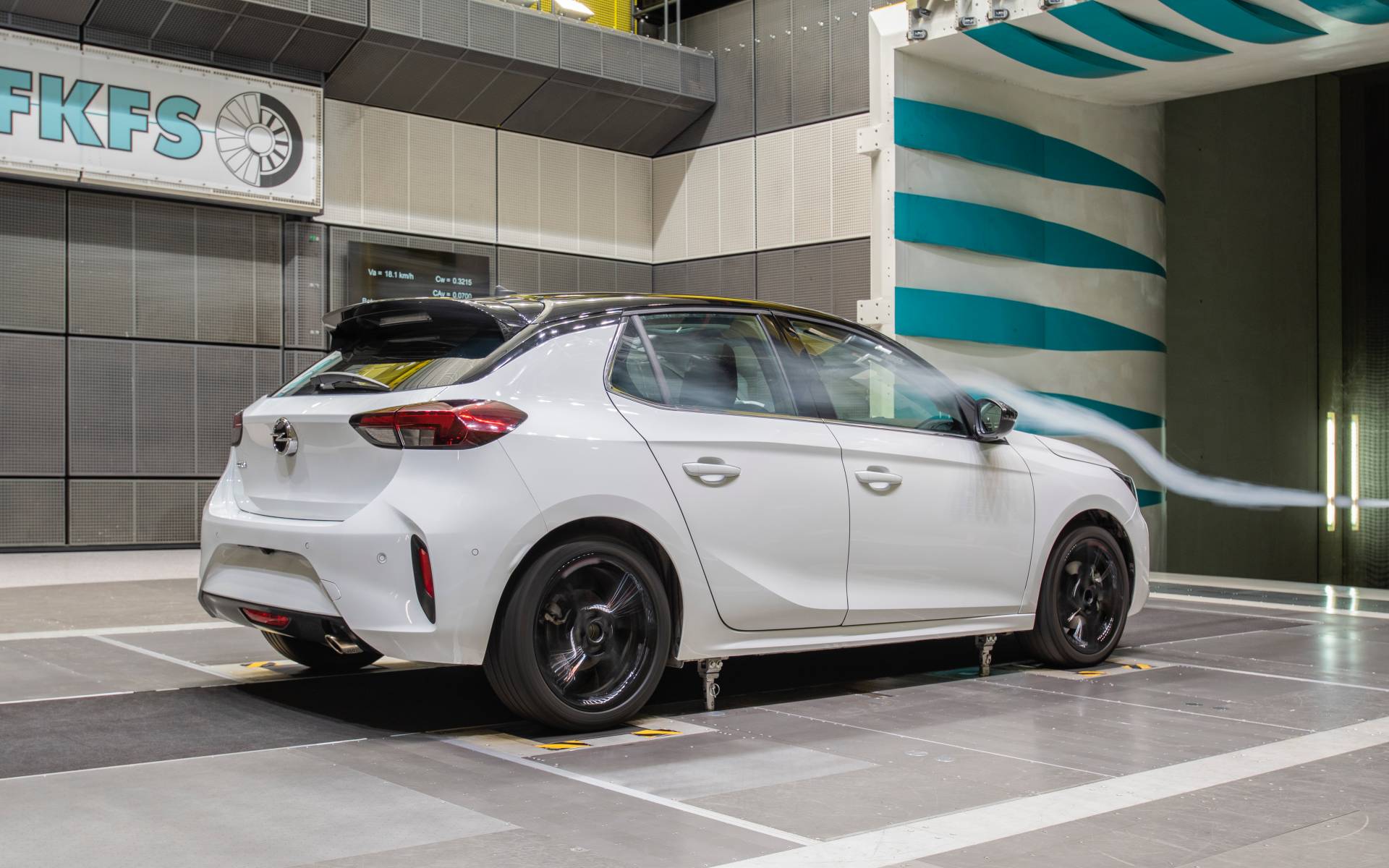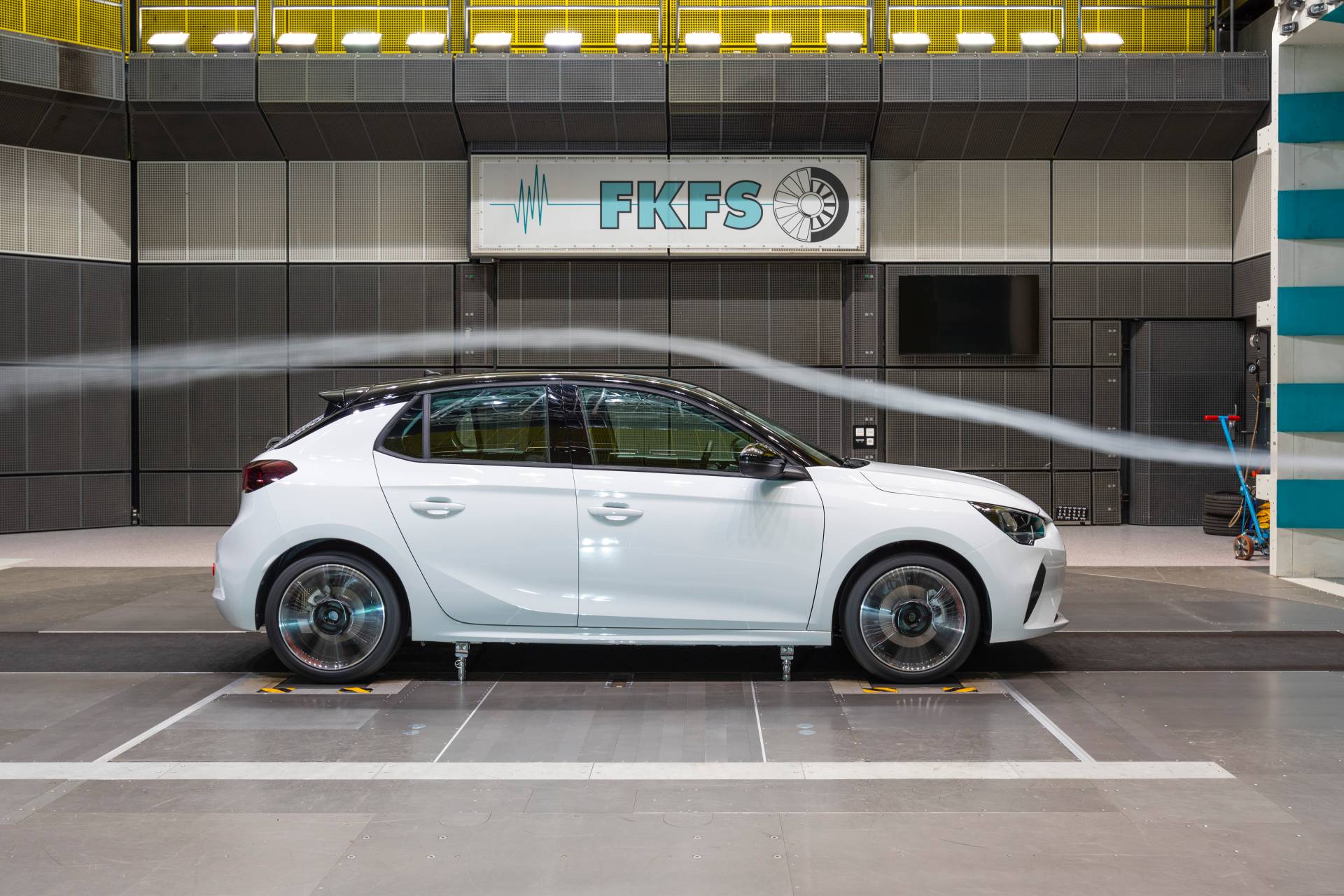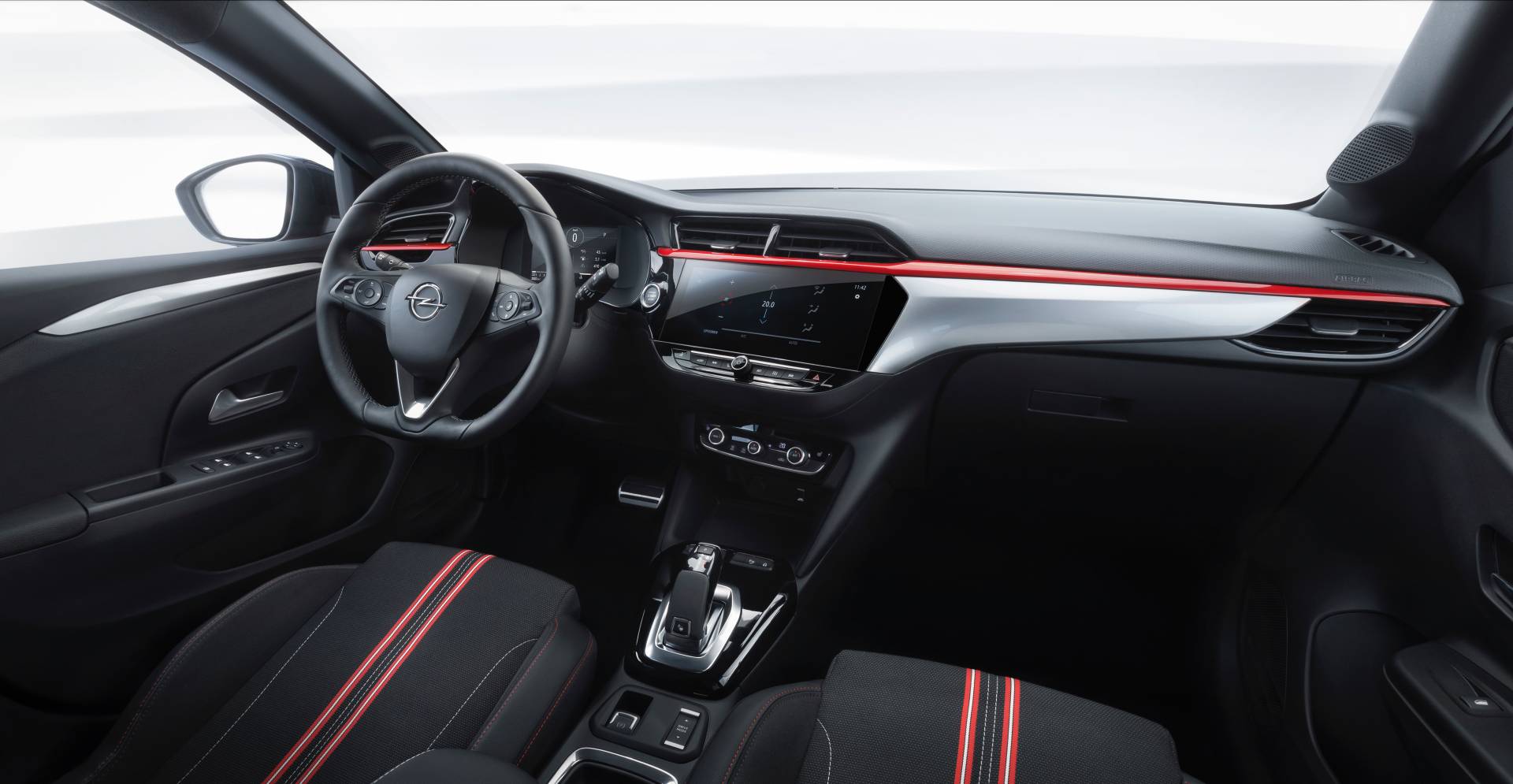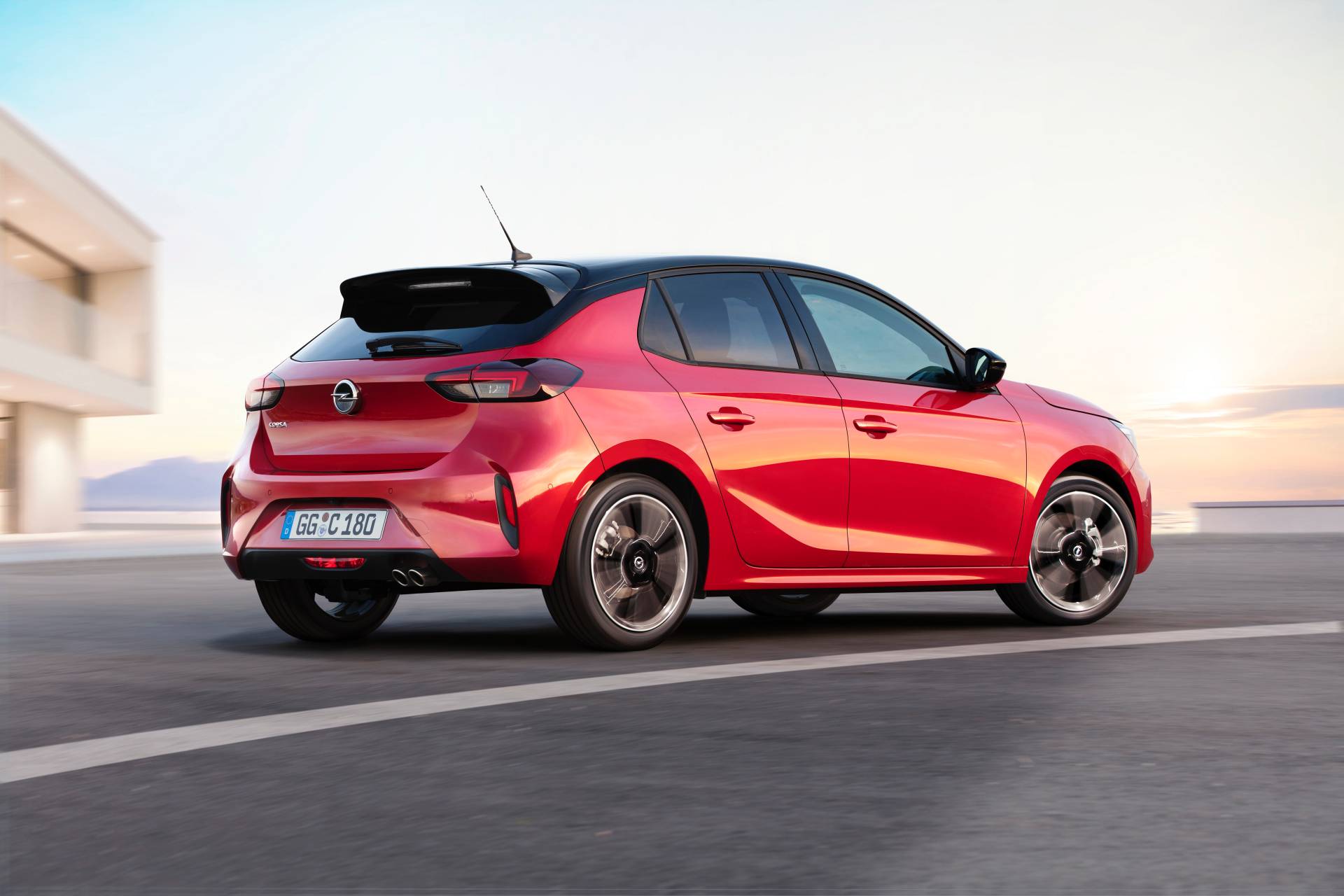The sixth-generation of Opel’s Corsa supermini lays claim to being the most aerodynamic car in its segment.
Thanks to a drag coefficient of 0.29 and a frontal area of only 2.13 square meters (22.9 sq ft), which is significantly smaller than its predecessor’s, the 2020 Corsa manages to cut fuel consumption and emissions to new record levels. Opel’s designers and engineers achieved the low drag configuration by adopting a holistic approach.
For example, the underbody from the engine compartment to the rear axle is covered with flat panelling to improve airflow under the car. Another aerodynamic element is the roof spoiler which improves airflow and reduces drag-inducing turbulence.
Also Read: Electric Opel Corsa-e Priced From €29,900 In Germany, £26,490 In The UK
The spoiler also cuts aerodynamic lift on the rear axle, which makes the Corsa more stable in a straight line; for example, at the high speeds typical of Germany’s Autobahn network.
The Corsa has another “secret” when it comes to aerodynamic efficiency: an active grille shutter. Previously reserved to much more expensive vehicles from higher segments, it lowers drag and improves fuel efficiency by automatically closing the frontal opening when cooling air is least needed.
When closed, the shutter redirects airflow around the front of the vehicle and down the sides, rather than through the engine compartment, thereby enhancing aero performance. The decision to open or close the shutter is made automatically, depending on engine coolant temperature and speed. For example, when the car is driving up a hill or in hot temperature in the city, the shutter opens. When less engine cooling is required, it closes.
Opel has tested the Corsa’s aerodynamics in the wind tunnel of Stuttgart University, at the Research Institute of Automotive Engineering and Vehicle Engines.



